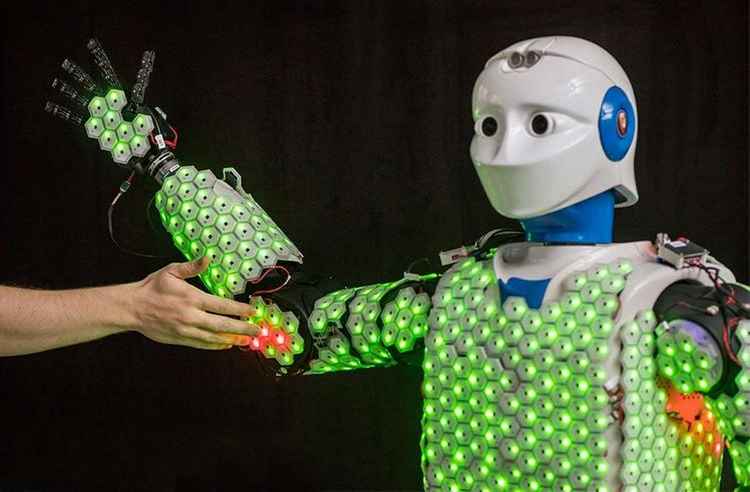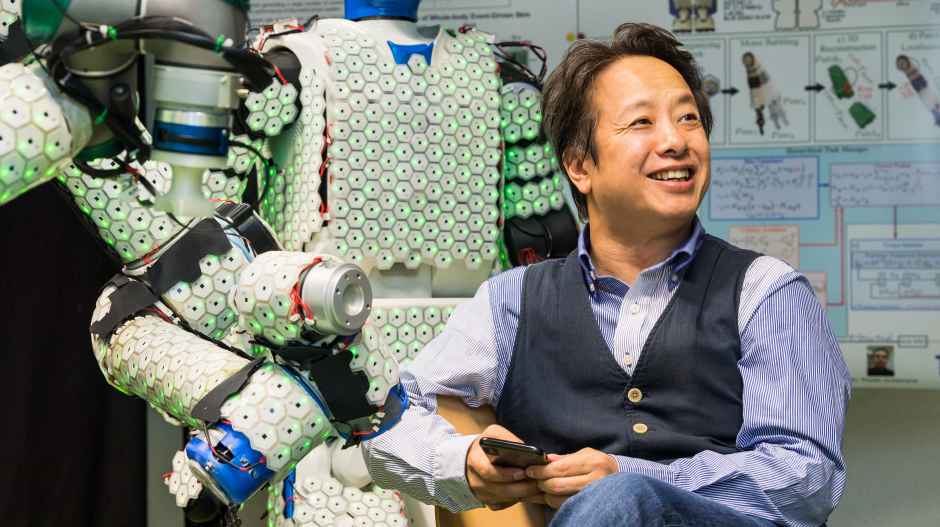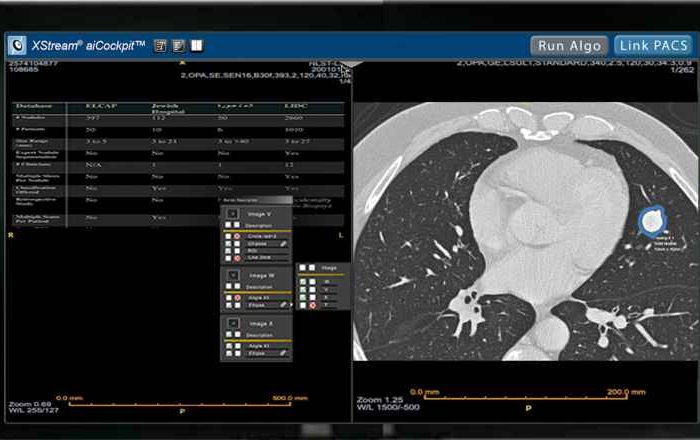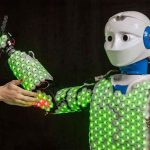Scientists developed artificial human skin that enables robots to feel and respond to physical contact

Scientists and roboticists have been researching artificial skin since late 1970s and early 1980s. Sensitive synthetic skin enables robots to sense their own bodies and the environment surrounding them – a crucial capability if they are to be in close contact with people. However, there is a serious obstacle in developing robot skin–computing capacity. Human skin has around 5 million receptors. Efforts to implement continuous processing of data from sensors in artificial skin soon run up against limits. Previous systems were quickly overloaded with data from just a few hundred sensors until now.
A team of scientists and researchers at the Technical University of Munich (TUM) has developed a system combining artificial skin with control algorithms and used it to create the first autonomous humanoid robot with full-body artificial skin. Led by Prof. Gordon Cheng and his team, they developed a system combining artificial skin with new control algorithms. The artificial skin that consists of hexagonal cells about the size of a two-euro coin (i.e. about one inch in diameter). Each is equipped with a microprocessor and sensors to detect contact, acceleration, proximity and temperature.
“Such artificial skin enables robots to perceive their surroundings in much greater detail and with more sensitivity. This not only helps them to move safely. It also makes them safer when operating near people and gives them the ability to anticipate and actively avoid accidents,” the team said.
According to the publication, the skin cells themselves were developed around 10 years ago by Gordon Cheng, Professor of Cognitive Systems at TUM. But this invention only revealed its full potential when integrated into a sophisticated system as described in the latest issue of the journal “Proceedings of the IEEE.”
In a post on Twitter, the team said: “The first autonomous #humanoid #robot with a sensitive full-body #artificialskin makes close contact with humans safer: http://go.tum.de/036015 #robotskin.”
The first autonomous #humanoid #robot with a sensitive full-body #artificialskin makes close contact with humans safer: https://t.co/iY5WFTMKPC #robotskin #robotics
— TU München (@TU_Muenchen) October 10, 2019

Prof. Gordon Cheng and his team developed a system combining artificial skin with new control algorithms. Image: Astrid Eckert / TUM
More computing capacity through event-based approach
The biggest obstacle in developing robot skin has always been computing capacity. Human skin has around 5 million receptors. Efforts to implement continuous processing of data from sensors in artificial skin soon run up against limits. Previous systems were quickly overloaded with data from just a few hundred sensors.
To overcome this problem, using a NeuroEngineering approach, Gordon Cheng and his team do not monitor the skin cells continuously, but rather with an event-based system. This reduces the processing effort by up to 90 percent. The trick: The individual cells transmit information from their sensors only when values are changed. This is similar to the way the human nervous system works. For example, we feel a hat when we first put it on, but we quickly get used to the sensation. There is no need to notice the hat again until the wind blows it off our head. This enables our nervous system to concentrate on new impressions that require a physical response.
You can read the rest of the story here.

